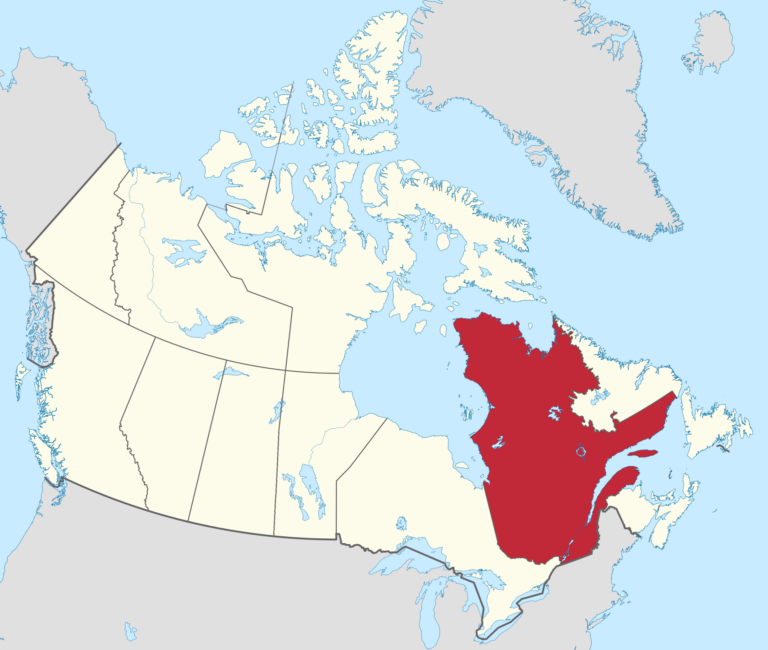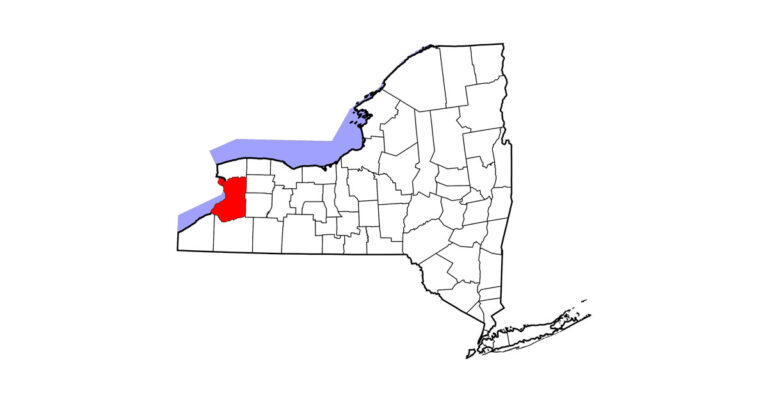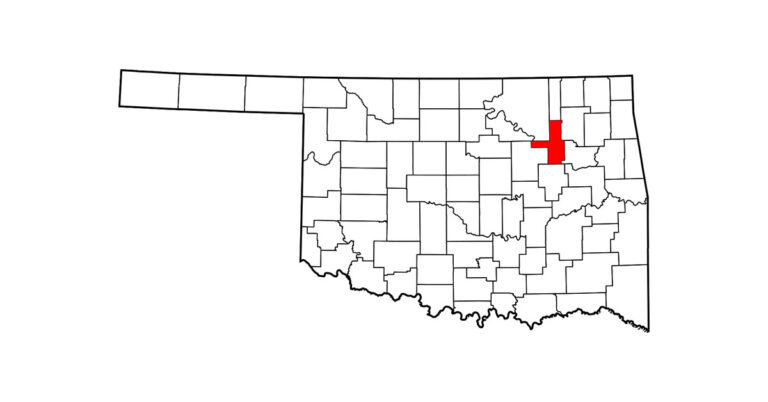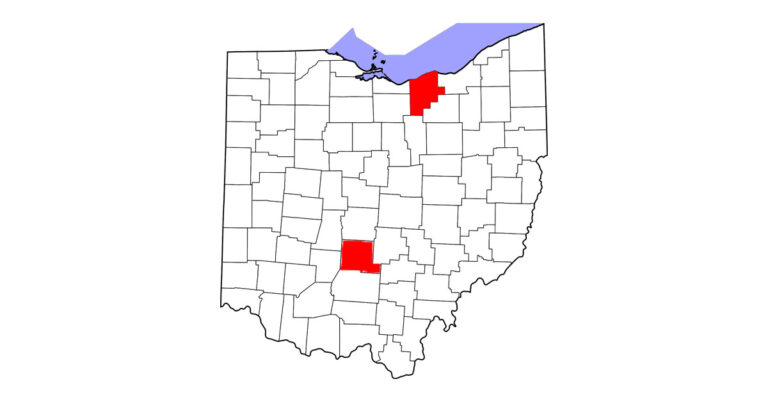Alyssa Davidson’s gray gelding, Goose, was 13 when she first noticed a dark growth on him. The North Carolina rider didn’t recall seeing the lump located on his penis before, but she couldn’t be sure it hadn’t been there all along. Could it be equine melanoma, she wondered? How worried should she be?
Melanomas, a type of cancerous tumor, are common in gray horses. If one of these tumors popped up on your skin, you’d rush to the doctor—and rightly so, since human melanomas are malignant and can quickly metastasize, spreading to distant sites in the body. But, says Chris Byron, DVM, “Melanomas in gray horses exhibit behavior that is quite different from melanomas in humans.” Gray-horse melanomas commonly grow slowly, if at all, for years. They may never metastasize. That doesn’t mean they can be ignored, however.
Over time, many of these tumors (more than half, according to some reports) invade surrounding tissues. Sometimes they begin to grow rapidly and multiply, and sometimes they do spread through the body. Here, Dr. Byron, an associate professor of large animal surgery at the Virginia Maryland College of Veterinary Medicine in Blacksburg, Virginia, helps explain what to watch for and when to take action. Melanomas develop in most gray horses as they age, so if your horse is gray you’ll likely be facing this problem at some point. About 80 percent of gray horses older than 15 years have at least one of these tumors, some research shows.
Alyssa knew that, and she knew most gray-horse melanomas aren’t dangerous. In early summer 2017, when she discovered Goose’s growth, she had just moved to a new area and hadn’t yet found an equine vet. She decided to monitor the tumor for a while—but as the summer went by, it grew bigger.

What You See and Why
Melanomas develop when cells that contain the dark pigment melanin (called melanocytes) proliferate. “Most equine melanomas grow in the skin and are readily visible,” Dr. Byron says. You may find them as clusters of firm, dark nodules or as solitary black bumps under the tail, around the rectum or the genitals or around the mouth and eyes, he adds. But they can grow on skin in other parts of the body as well. Dermal melanomas (those located in the skin) can be flat or raised, smooth or warty, smaller than a fingertip or (in time) bigger than a fist. Less often, melanomas may develop internally in areas such as the abdomen and the guttural pouches (air-filled sacs located at the back of the pharynx). “These internal tumors are not typically detected unless they cause problems,” Dr. Byron says.
Why do gray horses get melanomas? You know that exposure to ultraviolet light increases the risk of human melanoma and other skin cancers. That’s why you use sunscreen and avoid too much time in the sun. It was once thought that gray horses must be exceptionally sensitive to UV light. But it turns out that the risk to these horses comes not so much from sunlight as from their genes—the coded instructions within body cells that control how every living creature appears and functions.
Researchers have tracked both gray coat color and high melanoma risk to the same mutation on a single gene (labeled STX17), which explains why these tumors appear so often in gray horses but so rarely in bays or chestnuts. Other factors probably help determine the melanoma risk for an individual horse. For instance, other genes may act to raise or lower the odds that a tumor will develop. But a horse born with the gray mutation will turn gray as he matures and he’ll be at increased risk for melanoma as he does.
Melanomas are rare in horses with other coat colors, but in those horses the tumors are more likely to be dangerous and to spread. Read more about those cases in the section at the end.

When To Worry
Your gray horse’s melanomas may never pose a serious danger to him. But, says Dr. Byron, “It’s important to recognize melanomas and keep track of their growth.” The risk that the tumor will turn aggressive is always there and even without metastasis, a large tumor in a sensitive location can be disastrous, interfering with defecation or other body functions.
If you notice lumps that could be melanomas on your horse, Dr. Byron advises, “Bring them to your veterinarian’s attention during routine checkups. If there are many melanomas, melanomas are large or the masses are growing quickly, the veterinarian should examine the horse sooner to decide if treatment
is necessary.”
Appearance and location are telling signs and they’re the keys to diagnosing and evaluating most gray-horse melanomas. A biopsy can confirm that a lump is melanoma and not something else, like a sarcoid with superficial pigmentation. Sometimes cells from the tumor are aspirated (drawn out) with a fine needle and sent off to the lab for evaluation. But, Dr. Byron says, “The melanomas in gray horses have such a typical appearance that they may be treated without biopsy.” Besides, while histopathology (examination of tissue samples) can identify an uncommon but highly aggressive form of the disease called anaplastic malignant melanoma, it won’t tell you if a seemingly innocent dermal melanoma will become malignant in the future. Researchers are searching for biological markers (such as specific cell proteins) that are associated with malignancy. For now, though, changes such as rapid growth or the appearance of new melanoma clusters serve as red flags.
By fall it was clear to Alyssa that Goose’s growth was getting bigger and she arranged an exam by an equine veterinarian. The vet confirmed that it was a melanoma and found several more tumors, a few tiny ones higher on the penis and one under Goose’s tail. She advised treatment.

Treatment Options
“If melanomas are few in number, in areas that are not causing problems and are not growing, they may not be treated immediately,” Dr. Byron says. “However, melanomas that are growing or are in an area that may cause problems as they get bigger should be treated quickly.” Main treatment options are removal and chemotherapy.
Removal. Removing melanomas—through surgery, with laser treatment or with cryotherapy (freezing)—is the surest way to resolve these tumors, at least while they are small. The larger and more invasive a tumor is, the trickier it can be to remove. Once a melanoma begins to infiltrate surrounding tissues, getting all of it out may be nearly impossible. That’s worrying because incomplete removal can trigger increased growth or spread.
Chemotherapy. Cisplatin and other chemotherapy drugs can be injected directly into melanomas to shrink the tumors. Chemotherapy is often administered along with surgery, but injections of cisplatin beads have completely resolved the tumors in some cases. The treatment doesn’t cause the debilitating side effects that people undergoing systemic chemotherapy often suffer.
Some experimental treatments, not yet widely available, show promise. They can include:
Therapeutic vaccination. A therapeutic vaccine (ONCEPT from Merial/Boehringer Ingelheim) trains the horse’s immune system to target an enzyme concentrated in melanoma cells so the system will attack and kill those cells. “The vaccine was developed for use in dogs with melanoma, but some horses have responded well to the treatment,” Dr. Byron says. The horse gets an initial series of four shots, followed by boosters every six months. The cost ranges from $400 to $600 per shot, and only veterinary oncologists or internal-medicine specialists can obtain the vaccine. Use in horses is off-label for now although a version for horses may be available in the future. Research on an equine vaccine is under way at the University of Florida.
High-frequency irreversible electroporation (H-FIRE). “Electroporation therapy may also be a useful therapy. Research is currently being conducted on this treatment,” Dr. Byron says. H-FIRE, a version being investigated at VMCVM, zaps tumor cells with intense bursts of electricity. Each burst lasts only about 100 microseconds and is delivered directly into the tumor through tiny electrode needles. The microbursts destroy tumor cells by creating microscopic holes in their cell membranes, causing them to “leak” their contents and die. The treatment may be used along with chemotherapy. It’s done with the horse standing and sedated, using a local anesthetic, and is said to be no more painful than an insect bite.
Goose’s veterinarian recommended surgery, noting that if the main tumor grew much larger the horse might not be able to retract his penis. And it was growing—by December, when it was removed in a standing operation at the barn, it was a raised lump the size of a silver dollar. The vet was confident that all of it was removed. Goose healed well, and a second surgery to remove his smaller tumors was set for February.
But by then the other melanomas had grown and multiplied, even recurring at the site of the previous surgery. The vet told Alyssa that on-farm surgery was no longer an option and even surgery at a clinic was unlikely to be successful. After consulting with colleagues, the vet suggested trying ONCEPT, the vaccine.
Availability and cost were roadblocks for Alyssa, putting her in a bind that anyone whose horse has had serious health problems can sympathize with. Her vet was unable to obtain the vaccine, so she directed Alyssa to a clinic that could. Goose would need to ship to the clinic, about 100 miles away, for each of the four initial shots—and the cost would be high, about $2,600 plus administration fees and transport costs. Already facing a pile of vet bills, Alyssa cast about for a closer and potentially less expensive vaccine source. Meanwhile, she started Goose on cimetidine in the hope that it might slow the growths. This anti-ulcer medication has been said to shrink tumor size, although hard scientific evidence is lacking.

What To Expect
Dr. Byron emphasizes that the outlook for most gray horses with melanoma is excellent, provided that the tumors are treated early. But, he says, “These horses have a poor prognosis if tumors are allowed to grow to a large size, are in areas that are causing other health problems [such as trouble passing manure] or are in areas that cannot be treated [such as the guttural pouch or abdomen].” If an aggressive melanoma metastasizes through the body to distant sites, not much can be done for the horse.
“My horse’s melanoma case is not typical,” says Alyssa, who blogs about her experience at goosebackriding.blogspot.com. As of this writing, Goose’s story was still unfolding. His tumors didn’t respond to cimetidine (in fact, more popped up), but Alyssa had located a veterinary oncologist in her area with access to the canine vaccine. And she had steeled herself to bear the cost. “It’s hard to just stand by for an injury or illness when these horses are so much more to us than just a riding partner,” she says. “I owe it to Goose to do what I can.”
This article was originally published in the July 2018 issue of Practical Horseman.










